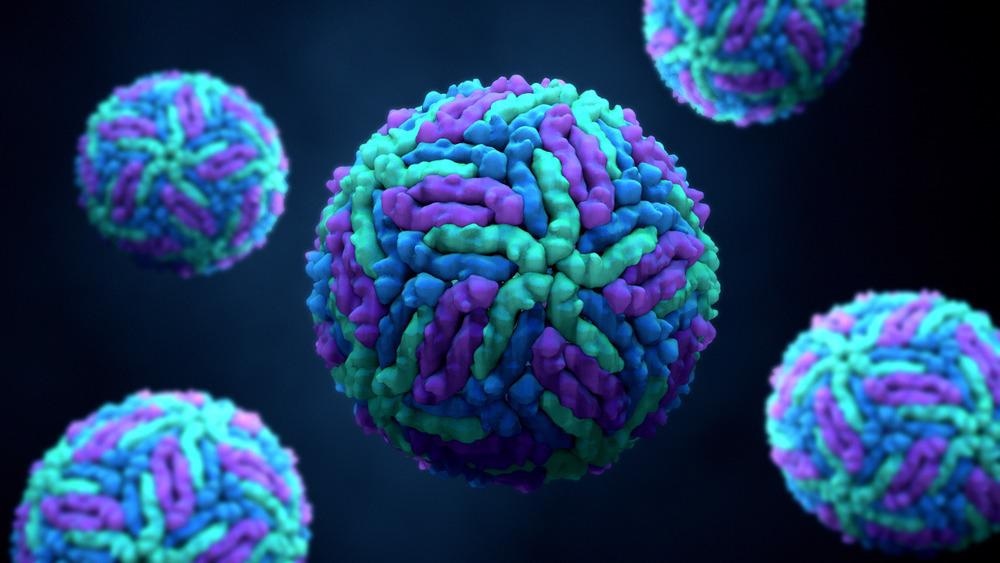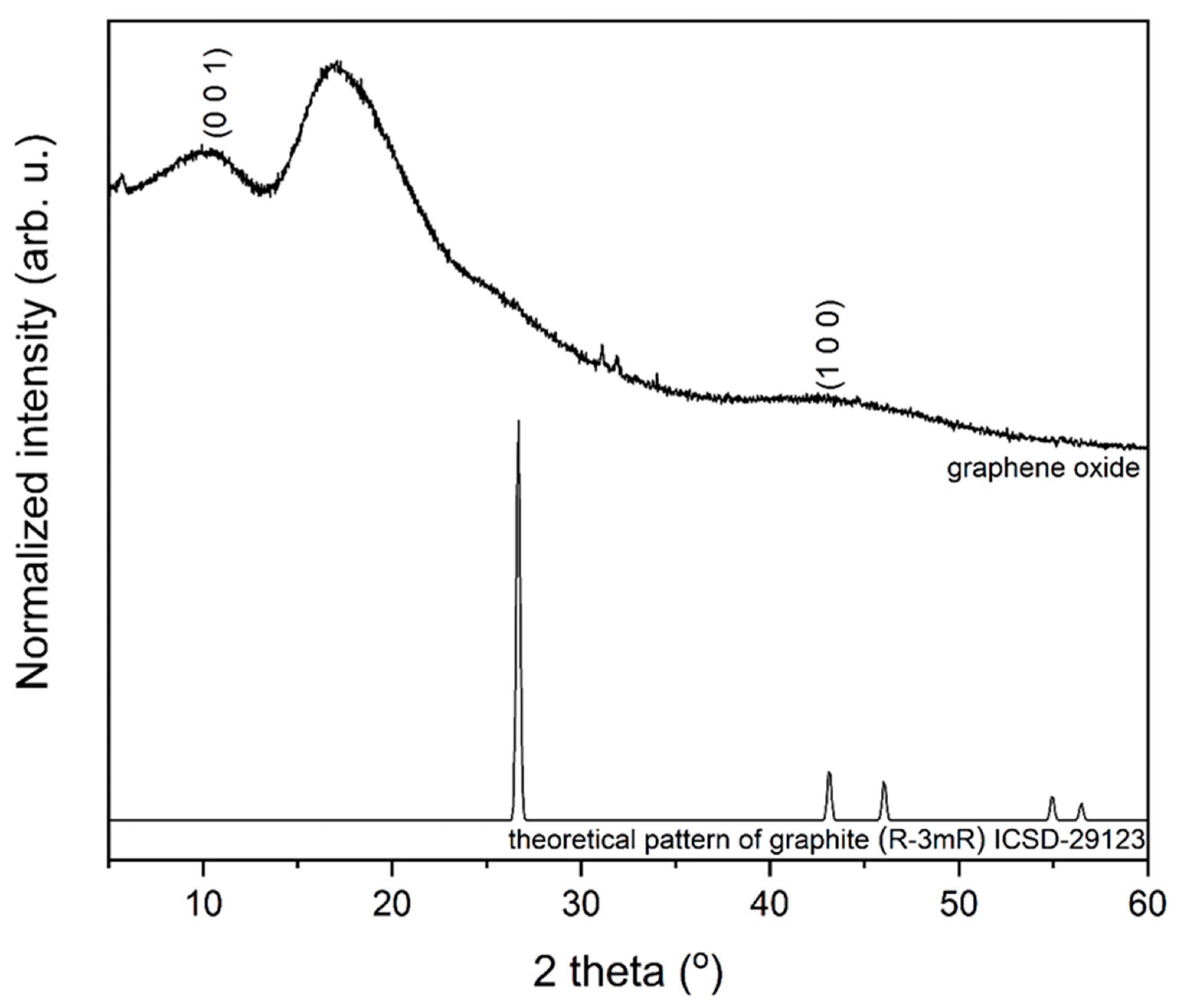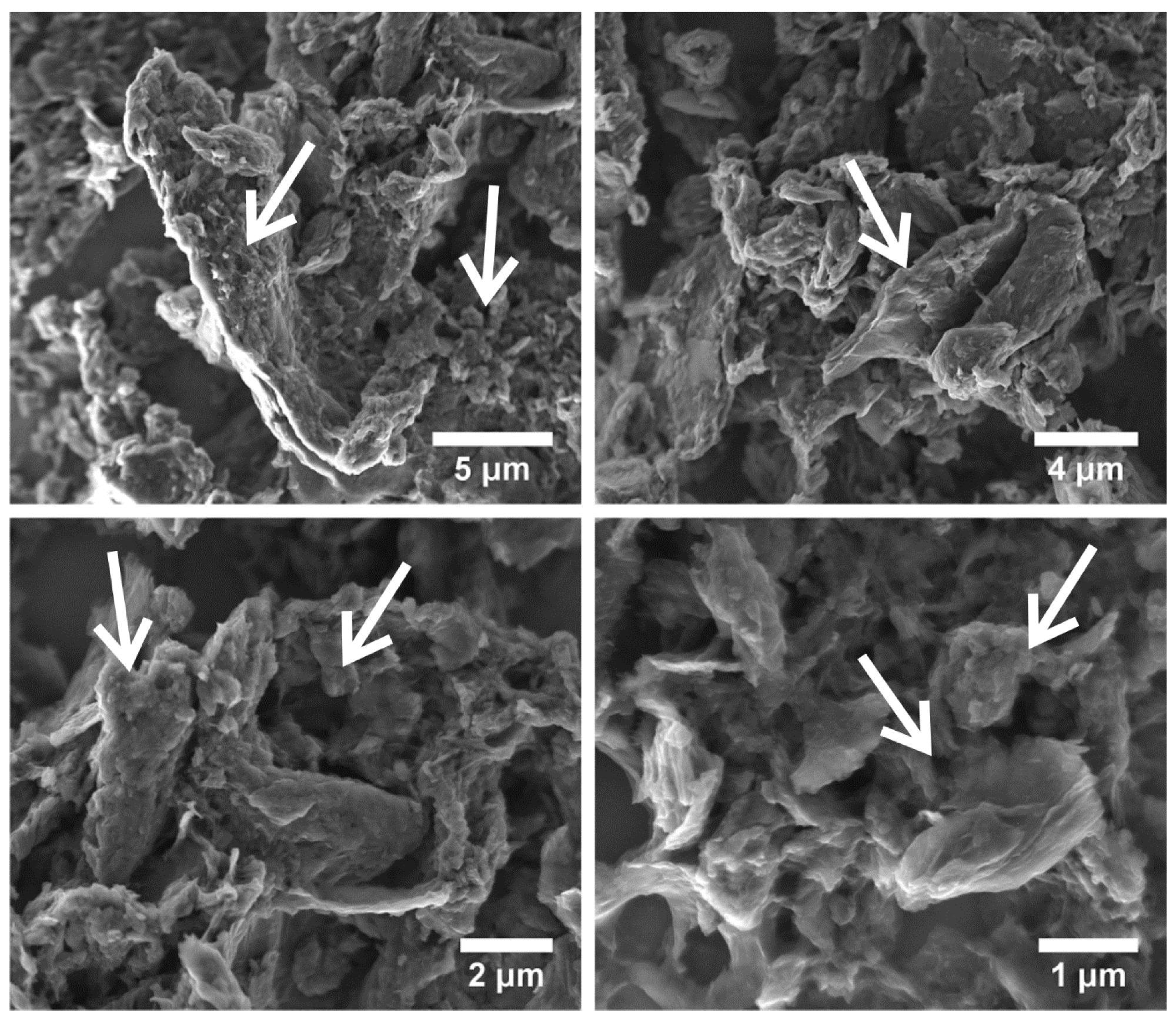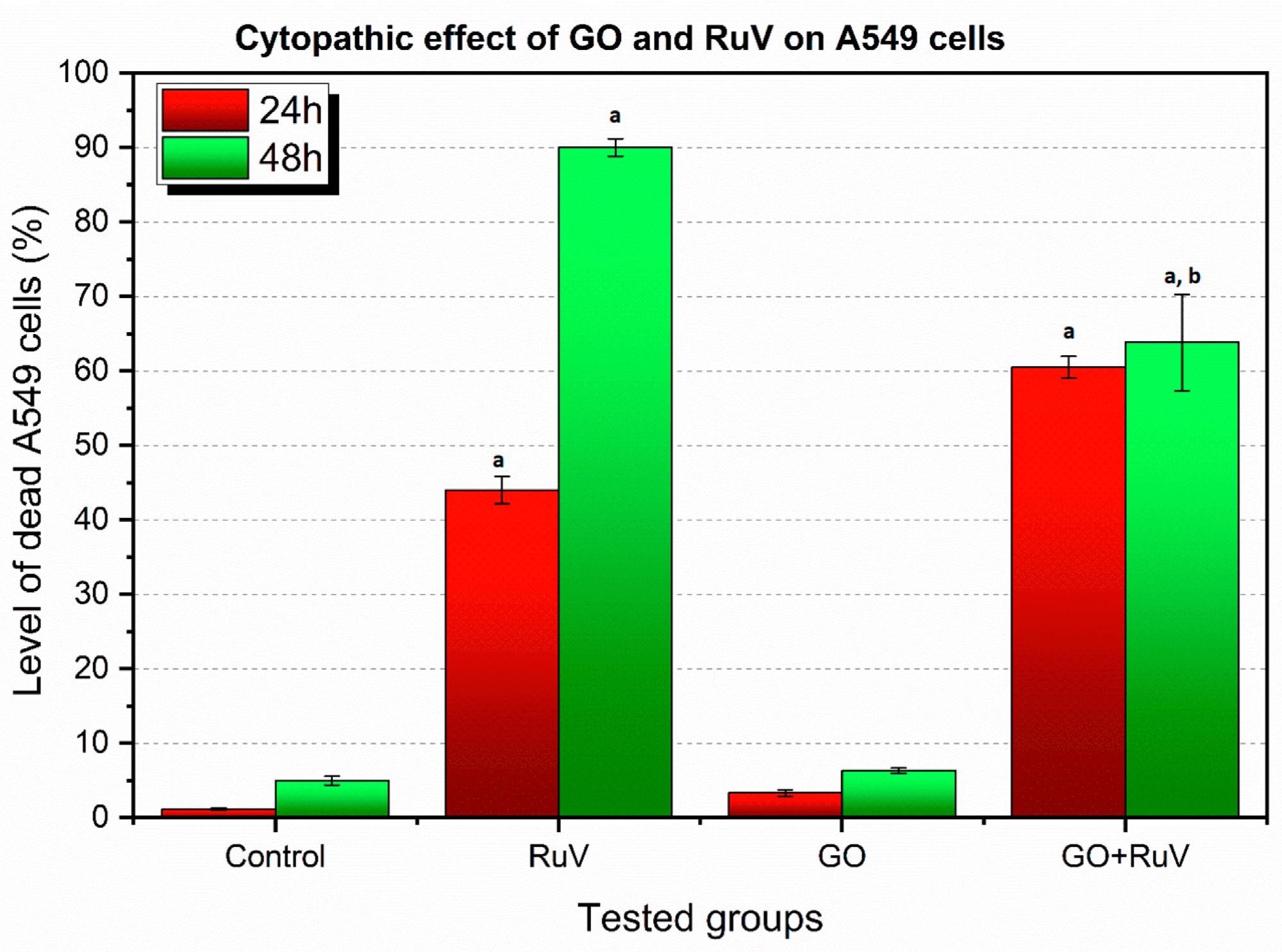Graphene has been revered for its remarkable characteristics, from electrical conductivity to its antimicrobial effects since being discovered in 2004. Innovative research published in the journal, Materials, has illustrated the impact of graphene oxide against the Rubella virus infection on human lung epithelial carcinoma cells and human chondrocyte cells.

Study: A Study of the Impact of Graphene Oxide on Viral Infection Related to A549 and TC28a2 Human Cell Lines. Image Credit: Design_Cells/Shutterstock.com
Why is the Rubella Virus a Concern?
Like many viruses, the Rubella virus (RuV) can enter the body through the respiratory tract and cause inflammation, leading to potentially severe illnesses. Additionally, this makes the cartilage within the bronchi vulnerable to the virus. With RuV receptors being on every cell, this virus can induce a cytopathic effect on cartilage cells or chondrocytes.

XRD patterns of obtained graphene oxide material (above) compared to the reference pattern of graphite.© Kuropka, P., et al (2021)
The research team investigating this virus has utilized two human cell lines, the human lung epithelial carcinoma cells (A549 cell line) as a model for type II pulmonary epithelial cells, as well as human chondrocyte cells (TC28a2 cell line).
Chondrocytes were used due to their sensitivity to environmental changes that occur during inflammation, such as during a viral infection. Additionally, these cells also aid in testing the cytopathic effect of pathogens or compounds. When using these cell lines, the novel nanomaterial graphene oxide should not be taken up by cells in large volumes but instead should adhere to the cell membranes to prevent the virus from adhering and entering cells.
This virus is also involved in various congenital diseases, including arthritis, and can be dangerous for pregnant women and their unborn fetuses. While vaccinations usually protect against the Rubella virus, its affinity to chondrocytes is still ambiguous. Additionally, infections in pregnant women who do not have the antibodies to fight the RuV can be susceptible to related illnesses while also transferring this susceptibility to the fetus.
Interestingly, the researchers in this novel study aimed to determine whether RuV will have a cytopathic effect on chondrocytes and the A549 cell line and if graphene oxide can limit the spread of RuV in vitro.
Graphene Oxide
The nature of graphene oxide (GO) enables its use in a range of biological and medical applications. This innovative nanomaterial can be utilized to carry active ingredients for use as a specialized drug delivery system to specific areas due to the interesting nature of graphene, which has no electric charge, and being neither hydrophilic nor hydrophobic, allowing it to be the perfect candidate for a drug carrier and storing active substances.

SEM images of graphene oxide material. The arrows showed particularity of obtained graphene oxide. © Kuropka, P., et al (2021)
Research into drug and gene delivery has already been established with the use of graphene for future antibacterial and anticancer therapies. However, the response of graphene oxide within cells is dependent on the interaction with biomolecules such as proteins or lipids on the cell membrane.
The innovative research by this particular study illustrates that GO has a high affinity to the cell surface of chondrocytes and limits the cell absorption surface as well as the contact to protein receptors for ligands. This premise can enable an antiviral strategy with graphene used as traps for viruses or a method to limit or prevent the accessibility of the cell surface to viruses.
The two cell lines were incubated with graphene oxide and in combination with RuV, and the cytopathic effect was measured through a DAPI dye. The results illustrated no cytopathic effects with the sole use of graphene oxide; however Rubella virus alone was proven to be highly cytopathic to cells.
Interestingly, when graphene oxide and RuV were used in combination, the cytopathicity was significantly lower in cells, illustrating graphene oxide’s protective characteristics towards cells against the Rubella virus. infection to cells, lowering its cytopathic changes to the human cells.
Innovative Applications for the Future
This strategy could be revolutionary for a public health strategy to protect populations against viruses such as the Rubella virus, which can still be dangerous for the vulnerable, such as pregnant women and children. Additionally, this can also be applied to the COVID-19 pandemic, which has resulted in a devasting level of mortality.
Utilizing graphene oxide as a protective strategy can be universalized for use against all viruses, preventing the effects of novel variants as well as from new potential pandemics.

Percentage of cytopathic effect in A549 cell line. RuV—cells infected with RuV, GO—cells with graphene added, GO + RuV—cells infected with RuV and with graphene added. Statistical significance at p < 0.05, a: when compared to control group; b: when compared to RuV group.© Kuropka, P., et al (2021)
Continue reading: Graphene for Biomedical Applications.
Reference
Kuropka, P., Dobrzynski, M., Bazanow, B., Stygar, D., Gebarowski, T., Leskow, A., Tarnowska, M., Szyszka, K., Malecka, M., Nowak, N., Strek, W. and Wiglusz, R., (2021) A Study of the Impact of Graphene Oxide on Viral Infection Related to A549 and TC28a2 Human Cell Lines. Materials, 14(24), p.7788. Available at: https://www.mdpi.com/1996-1944/14/24/7788/htm
Further Reading
Johns Hopkins Coronavirus Resource Center. (2021) Mortality Analyses - Johns Hopkins Coronavirus Resource Center. [online] Available at: https://coronavirus.jhu.edu/data/mortality
Disclaimer: The views expressed here are those of the author expressed in their private capacity and do not necessarily represent the views of AZoM.com Limited T/A AZoNetwork the owner and operator of this website. This disclaimer forms part of the Terms and conditions of use of this website.